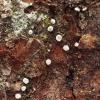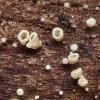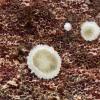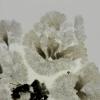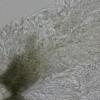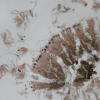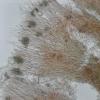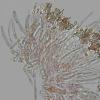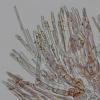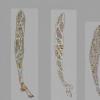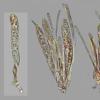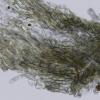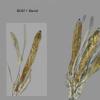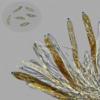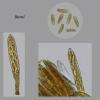
31-07-2025 16:32
 Andreas Gminder
Andreas Gminder
Dear collegues,today I found on a very fresh fire

06-08-2025 08:56
 Antonio Ezquerro Antoñana
Antonio Ezquerro Antoñana
Hola a todos, Me gustaría saber qué opinan sobre

12-02-2012 11:31
 Hans-Otto Baral
Hans-Otto Baral
Hi allI am quite sure that nobody has a pdf of thi

02-08-2025 12:35
 éric ROMERO
éric ROMERO
Bonjour tous, J'ai trouvé sur pétiole de Fraxin

02-08-2025 17:21
 Andgelo Mombert
Andgelo Mombert
Bonjour,Je recherche la description et la planche

30-07-2025 20:52
Bohan JiaHi together, I've been looking posts in AscoFra

30-07-2025 10:12
 Bernard CLESSE
Bernard CLESSE
Bonjour à toutes et tous,Pourriez-vous m'aider à

30-07-2025 18:06
Stefan JakobssonOn a decorticated twig of Alnus incana on moist so
Hyaloscypha cf
Petra Eimann,
03-08-2022 12:22
I am literally stumped by this find. I hope that I can get help here to identify it. The find is from 19.03.2022, found on bark (spruce?) Preparation in KOH slightly yellowish discoloured, spore size on average 11.05 x 3.72 / Q=2.99, hook+ IKI+ I suspect that it is a Hyaloscypha, but cannot find a suitable species.
LG Petra
Kosonen Timo,
04-08-2022 08:12

Re : Hyaloscypha cf
Hi,
Did you observe any amyloid "nodules" in the excipulum? Similar as in Eupezizella aureliella. Your collection appears to have yellow exudate around the hairs. You could compare to Eupezizella britannica.
And once on it, you could also compare to Resinoscypha variepilosa (previously Protounguicularia/Arachnopeziza). Or to Mimicoscypha (lacrimiformis?). These are often on conifers as well. Especially R. variepilosa.
The hairs remind me of Resinoscypha, but the very dark basal excipulum I dont recall. Yes, Hyaloscyphaceae, but indeed not a Hyaloscypha!
bw
Timo
Hans-Otto Baral,
04-08-2022 10:07

Re : Hyaloscypha cf
Difficult for me to say with this docu of dead material.
I am reminded of Psilocistella quercina, what about this?
Quijada et al. 2014 Psilocistella quercina AscomyceteOrg 06-05 143-146
But I wonder about the greybrown basal excipulum
Petra Eimann,
04-08-2022 12:05
Re : Hyaloscypha cf
Hi,
thank you very much for the advice. There are no amyloid "nodules" in the excipulum.
The fruiting bodies are on the bark of freshly cut spruce. They have developed after a few weeks in a damp chamber. Maybe some characteristics are different from "normally" grown fruiting bodies. I will study all the clues and hope to come to a conclusion. Thank you again.
LG Petra
thank you very much for the advice. There are no amyloid "nodules" in the excipulum.
The fruiting bodies are on the bark of freshly cut spruce. They have developed after a few weeks in a damp chamber. Maybe some characteristics are different from "normally" grown fruiting bodies. I will study all the clues and hope to come to a conclusion. Thank you again.
LG Petra
